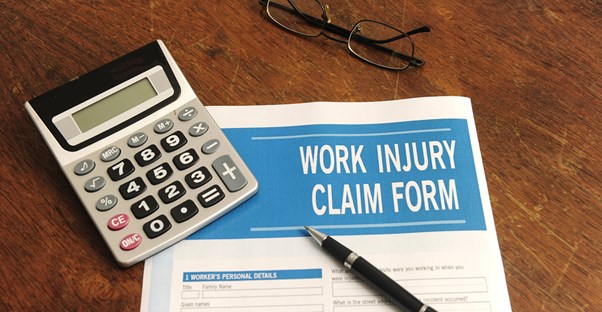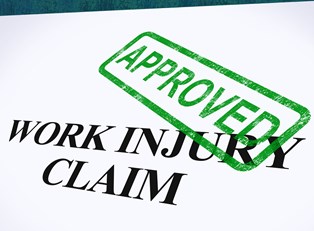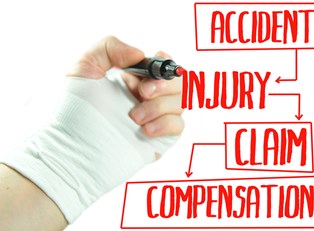A work-related accident or injury can happen to anyone at any time. This unexpected event can cause stress and apprehension, because it is unclear how much time will elapse before you can return to work. The good news is that all states have a program in place that helps injured workers receive compensation from employers. Following the required steps for filing a claim in a timely manner will speed up the process and allow you to start receiving benefits without an unnecessary delay. It pays to understand the process that is required in your home state and follow the guidelines from the beginning when filing a claim.
File Your Claim Properly
Regardless of where you are employed, worker's comp law requires your employer to carry a worker’s compensation plan. Any employee who is injured on the job or suffers from some work-related illness is eligible for benefits. State laws and regulations govern worker's comp and determine the process for filing a claim. The filing process is basically the same in all states, but it is important you follow all the crucial steps required in your particular state. Seeking expert advice from a worker's comp attorney is recommended if you are not sure how to proceed.
Notify Your Supervisor
It is vital to speak to your immediate supervisor to give notice of your injury without delay. Your supervisor is the first point of contact after an injury occurs. This is the first step you should take, as the supervisor is responsible for documenting your claim. Your supervisor will determine the next step to take. In some cases, you may be sent directly to the human resources department to begin filling out claim forms. It is here that arrangements are made for you to receive immediate medical care. If the injury is serious or life threatening, your supervisor will contact 911 for you prior to this point.
Visit a Doctor and Provide Medical Evidence
Most employers prefer that injured employees visit a certain designated doctor to determine on-the-job injuries, but you may choose to visit your own doctor instead. The doctor you see is required to provide proof of injuries through X-rays, blood tests, and other medical reports including drug and alcohol testing results. Visiting the doctor preferred by your employer may speed up the claim process.
Follow Up and Provide Important Information
Following up with letters, phone calls or email to keep abreast of your worker's compensation claim status is advised. Be sure to submit pertinent bank account information detailing where you would like to receive benefit payments when your claim is approved.
If you fail to follow the appropriate steps required when filing a claim, your benefits may be delayed or denied. You can greatly increase your chances of receiving the assistance you require and deserve by carefully following the exact guidelines required for filing the initial claim.




